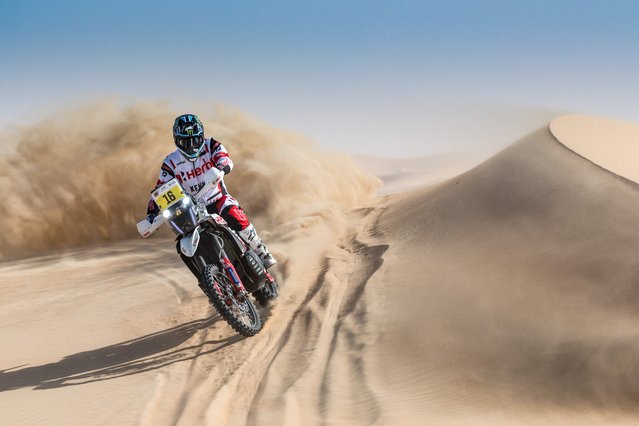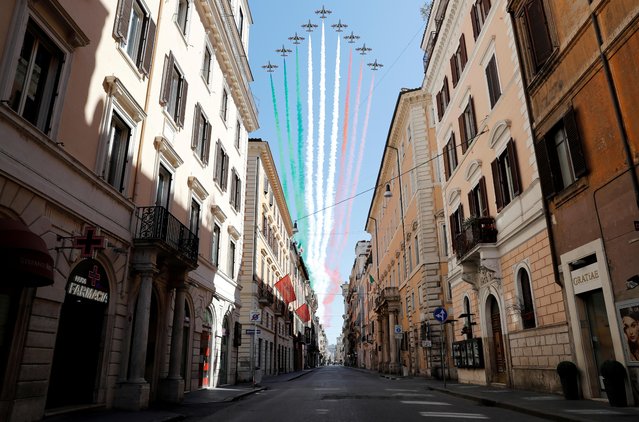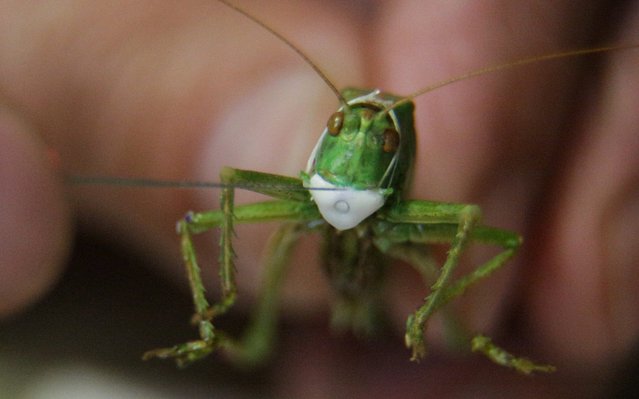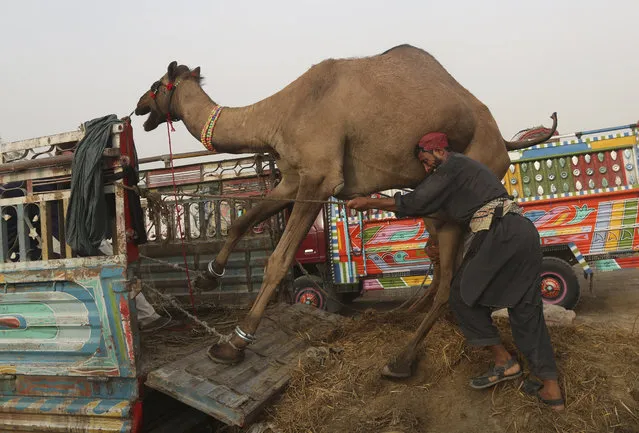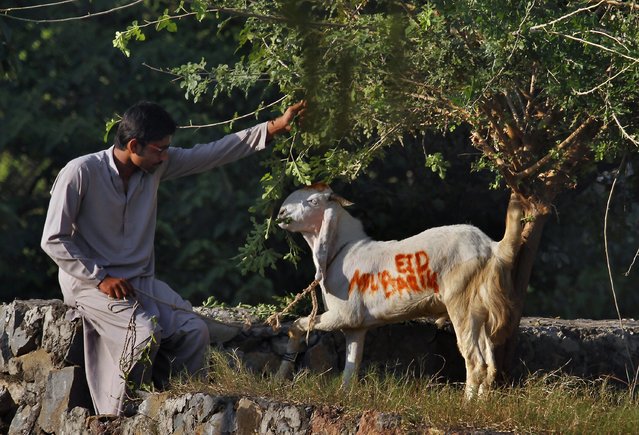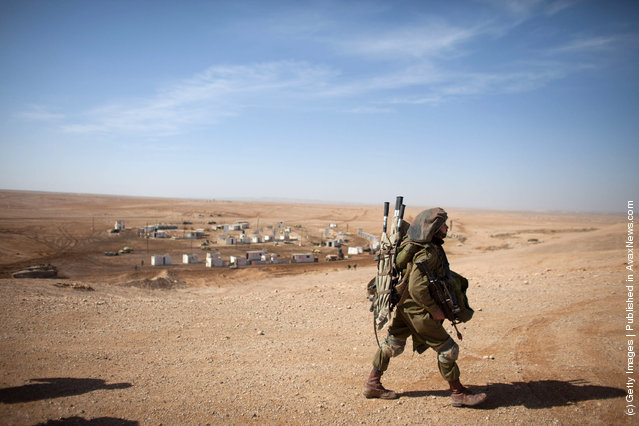
An Israeli soldier leaves the battlefield after an army exercise on at the Shizafon army base, in the Negev Desert north of the southern city of Eilat on January 31, 2012 in Shizafon, Israel. (Photo by Uriel Sinai/Getty Images)
01 Feb 2012 10:22:00,post received
0 comments

